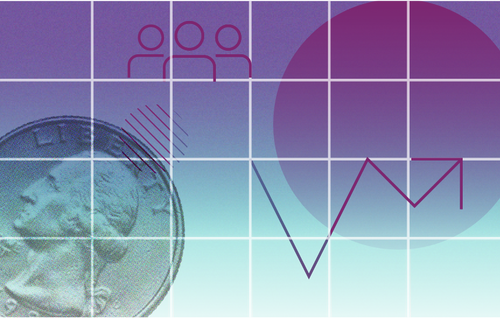Paul Kaplan: I'm Paul Kaplan, Director of Research at Morningstar Canada. From March to June of this year, the Canadian stock market is down over 13%. This is not the first time this has happened. I've talked about the coronavirus crash and the history of market crashes before, and I've noticed several themes emerge when it comes to these large stock market declines. I'll tell you about six today.
From time to time, stock markets go through long and deep periods of decline. Since 1956, the Canadian stock market has had 10 declines of over 20%, varying in duration from two months to just over two years, the worst being 43% from May 2008 to February of 2009.
After a large stock market decline, it is hard to predict how long it will take for the stock market to recover. In Canadian stock market history, since 1956, the longest recovery was 29 months, which came after the crash in early 1990. The market reached bottom in October 1990 and didn't recover until May 1993.
Over the very long run, the stock market has been very generous to investors who can get through long periods of decline. $1 invested in the Canadian stock market in January 1956 with dividends reinvested and no taxes would have grown to over $344 by the end of June 2022. This is a 9.2% return, which would have been hard to find in any other investment.
During times of very rapid and deep decline, investors should avoid panic selling. When the COVID-19 pandemic started in March 2020, the Canadian stock market fell 22.5% from its previous high in January, and some investors panicked and sold off their stock investments and thus missed out on the most rapid market recovery in the history of only eight months. In contrast, those investors who stayed the course were rewarded by the market.
The standard bell curve is an inadequate model of stock market returns. A model that can capture the extreme risks of the equity market is needed. According to a bell curve model, it is virtually impossible for any one observation to be more than 3 standard deviations away from the average. However, there have been seven months of returns that are 3 or more standard deviations below the average. This is about 1% of the time.
Sometimes the market and the economy move in opposite directions. Although the market initially crashed at the beginning of the COVID-19 pandemic, the market quickly recovered and rose in value while the economic impact of the pandemic continued. Thus, the economy is an unreliable predictor of the market.
In summary, while the stock market can provide high returns, its risk is not always well understood. Large declines, even crashes occur from time to time, but usually have periods of high growth between them which lead to high returns. An investor needs the right tolerance for risk, risk capacity, patience and time to weather the storms in order to reap the benefits of stock market investing.





















